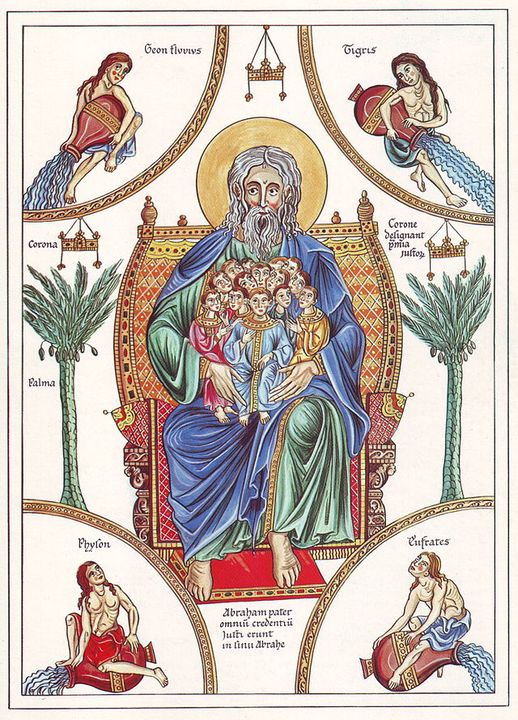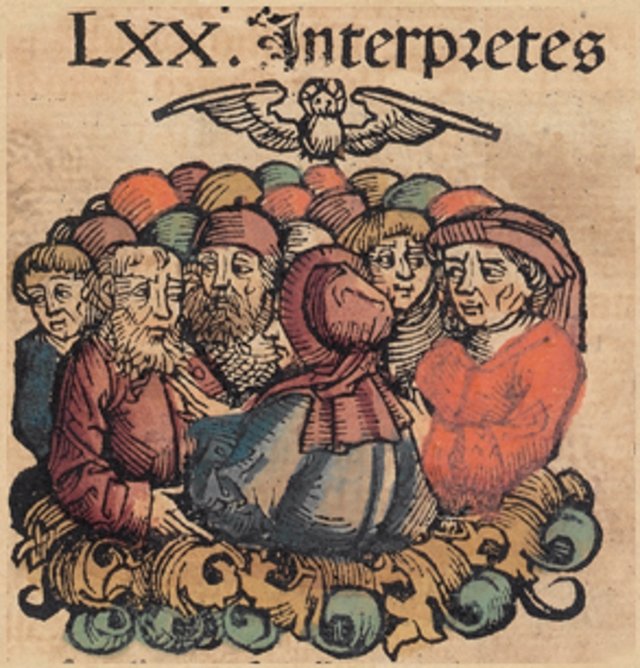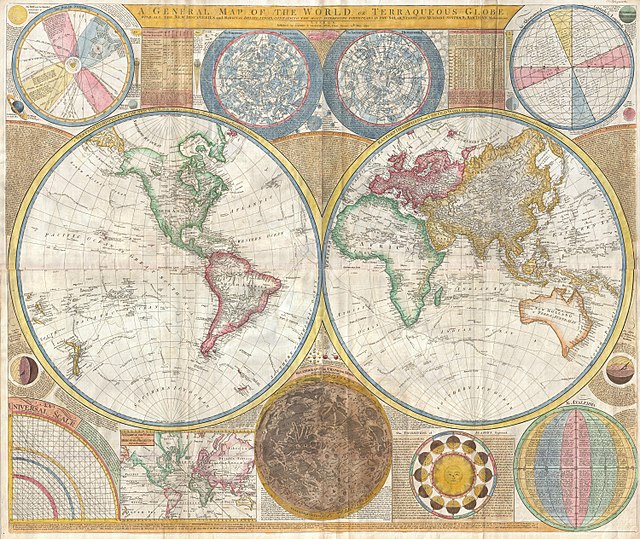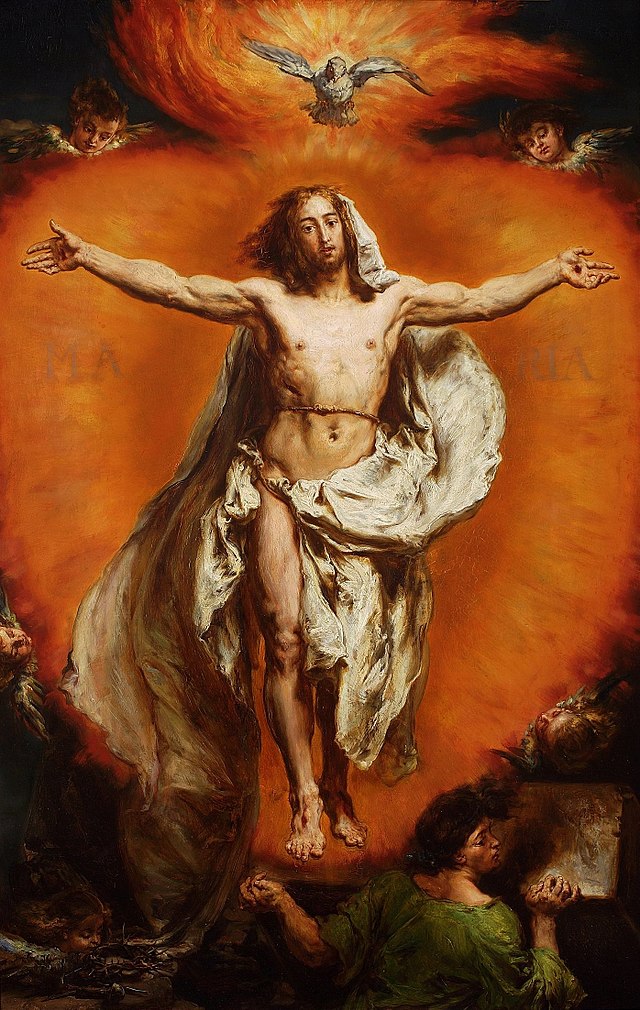I think there is a concept out there that the New Testament idea of the afterlife with God was a new thing or something that evolved after Jesus’s earthly mission. If one examines the Old Testament, however, it becomes clear that the hope of believers has remained a thing all through the lives and histories of His people.
In the Ancient Near East, the different cultures all believed in an afterlife in a realm that was beneath the earth. Different names for this realm include Sheol, Hades, Arallû, and Apsu among others. It was supposed to be a dark dreary place and the fate of mankind no matter how good one was or who one worshipped in life. In contrast, the followers of God in the Old Testament believed they would go to Sheol, but they would be in a nice part of it they called the Bosom of Abraham. In addition, there are multiple passages throughout the Old Testament that show that, unlike the peoples around them, the Hebrew followers of God did not believe that Sheol was where they would remain. Here are some examples:
- Isaiah 65:17-25 – This passage speaks of a new heaven and a new earth, which will be characterized by peace, joy, and the absence of suffering. It paints a picture of a renewed creation where God’s people will live in harmony with one another and with nature.
- Daniel 12:1-3 – Daniel’s prophecy mentions a time of great distress, followed by the deliverance of God’s people. It also speaks of the resurrection of the dead, with some rising to everlasting life and others to shame and everlasting contempt. This passage provides an early glimpse into the idea of a future resurrection and judgment.
- Psalm 16:10-11 – In this psalm, the author speaks of God not abandoning him to the realm of the dead or allowing His holy one to see decay. This passage reflects the hope of God’s presence and guidance in life and even beyond death.
- Job 19:25-27 – Job expresses his confidence in a Redeemer who will stand upon the earth, and that even after his body has been destroyed, he will see God in his flesh. This passage conveys a sense of hope in a future bodily resurrection and the presence of God.
- Psalm 49:15 – The psalmist speaks of God redeeming him from the realm of the dead and taking him into His presence. This passage reflects the hope of being with God after death.
Even though they believed they would temporarily go to Sheol, believers in the Old Testament times were taught that eventually God would resurrect them from the dead and that they would live with Him for eternity in the new Earth. This has been the promise made to believers throughout the history of God revealing Himself to mankind.
Discussion Questions
- In light of passages such as Isaiah 65:17-25 and Daniel 12:1-3, how does the Old Testament understanding of the afterlife reflect the hopes and expectations of God’s people in their historical context? What aspects of the promised new heavens, new earth, and resurrection might have been particularly significant or comforting for the ancient Israelites?
- Considering the various Old Testament passages that touch upon the afterlife, such as Job 19:25-27 and Psalm 16: 10-11, what do these texts reveal about the relationship between God and His people, even in the face of death and suffering? How might these passages encourage believers in their faith and trust in God’s promises?
- As you explore the Old Testament descriptions of the afterlife, how do you see these ideas and themes evolving and developing within the biblical narrative? What connections can you draw between these Old Testament passages and the more detailed descriptions of the afterlife found in the New Testament?
Want to Know More?
- “The Bible’s Afterlife Belief Index: Seeing Clearly What We Hope For” by Joshua Stoxen. This book takes an in-depth look at the various views on the afterlife presented in the Bible, providing a detailed analysis of key passages and concepts.
- “Death and the Afterlife in the Old Testament: The Biblical View of Death and Its Aftermath” by Philip S. Johnston. Johnston provides a comprehensive examination of the Old Testament’s depiction of death and the afterlife, illuminating the complex theological development within the biblical texts.
- “The Jewish Study Bible: Second Edition” by Adele Berlin (Editor), Marc Zvi Brettler (Editor), and Michael Fishbane (Editor). This resource provides insightful commentary, historical context, and scholarly analysis of the Jewish scriptures, including the concepts of death, afterlife, and resurrection in the Old Testament.




